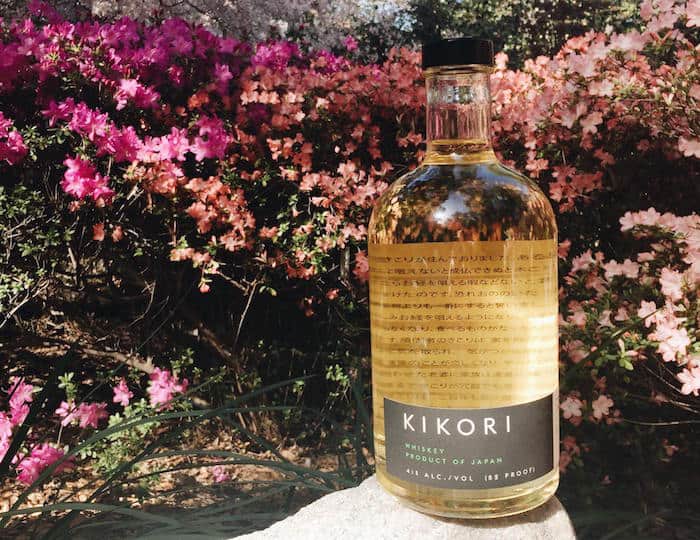With over 1,300 craft distilleries currently operating in the United States as of October 2016—a number that has likely grown in the last nine months—there’s no shortage of experimentation in the world of whiskey.
And yet, somewhat paradoxically, barriers in the whiskey world remain entrenched. Legal requirements for whiskey categories are as crisp and unambiguous as ever before. There are bourbon people, and there are Scotch people. There are strident purists, and there are free-wheeling cocktail mixologists. It’s easy to hunker down in a category you love, but I think we could all use a little help branching out.
Trying something new—even if it’s just once in a while—expands your notion of what whiskey really is. Before laws, before AOCs, and before powerful industry groups fighting for laws that protect them, whiskey was a much bigger, broader, mushier category. It also included stuff like sulfuric acid and prune juice, so don’t get me wrong, some rules are good. But our crisp definitions of whiskey styles sometimes act as blinders, limiting us to one idea of what whiskey should be
Fortunately, there’s a whole new crop of distillers pushing whiskey boundaries. Here are five whiskeys that will poke, prod, and generally upend your ideas about what whiskey should be made of, taste like, or look like

Koval Bourbon
Koval Distillery in Chicago, Illinois, is no stranger to oddities (case in point: they make an eau de vie entirely out of Jerusalem artichokes). Their bourbon is no exception: Its made of 51% corn—no surprises there—and then 49% millet, a rarely-used grain that’s actually closely related to corn. Strange? Yes. But when we tasted it, we loved it.
Early Times Kentucky Whisky
Early Times Kentucky Whisky (yes, no “e”) from Brown-Forman is made just like bourbon in all respects, except for one very important one. Instead of using exclusively new charred oak casks for maturation, about 20% of the aging stock is stored in used oak casks. And yet—pour it into a glass, give it a taste, and you’d be forgiven for thinking this is a regular old (inexpensive, lower-shelf) bourbon, through and through. There’s something to contemplate there.
Kikori Rice Whisky
While most Japanese whisky is made from malted barley, just like Scotch, Kikori Rice Whisky uses a different grain: rice. It’s distilled on Kyushu, an island in southern Japan famous for growing exceptional rice, and aged for three years in oak barrels. Light and delicate, we found it delightful over ice and paired with Japanese cuisine.
Dry Fly Triticale Whiskey
Whiskeys made from wheat or rye aren’t that unusual, but this release from Dry Fly Distilling in Spokane, Washington, takes things to a new level. Triticale is a hybrid grain invented in Scotland by crossing wheat with rye, with the goal of combining wheat’s productivity with rye’s toughness. Dry Fly uses 100% Triticale grown on a nearby farm for its Straight Triticale whiskey, which fuses wheat’s soft sweetness with rye’s signature spice.
White Owl Whisky
Do you like the idea of drinking white whisky, but want it to taste (sort of) like an aged whisky? Then White Owl Whisky is for you. This Canadian whisky is made from aged stock (some reportedly up to 10 years old) that is put through a filtering process that strips all color out of the spirit. In the bottle, it looks like vodka. In the glass, it tastes something like whisky, although Devin De Kergommeax’s tasting notes don’t inspire a ton of confidence.








